The Blog
-
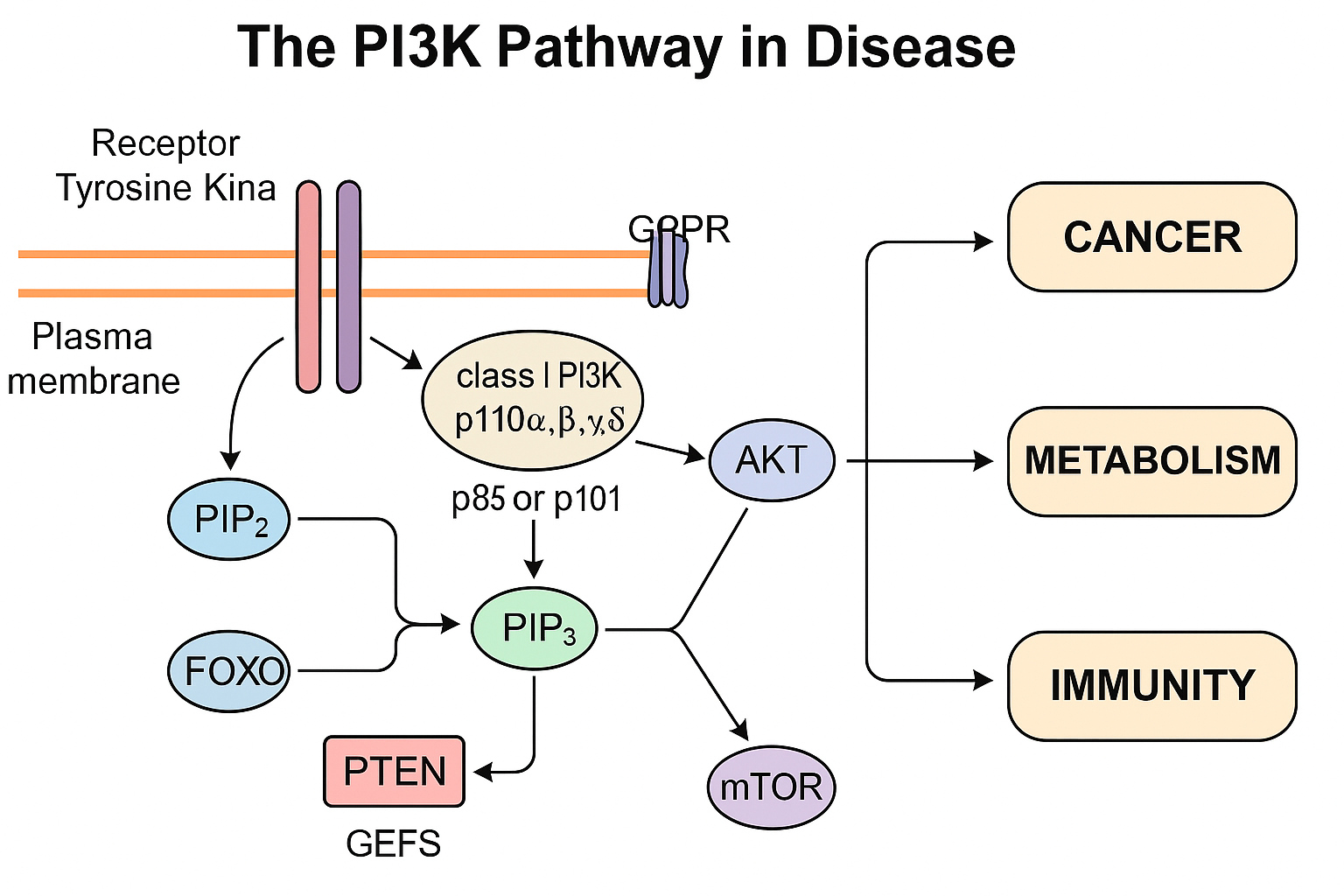 Jul 03, 2025
Jul 03, 2025The PI3K Pathway in Disease: From Cancer Mutations to Precision Therapy and Immune Modulation
READ MORE -
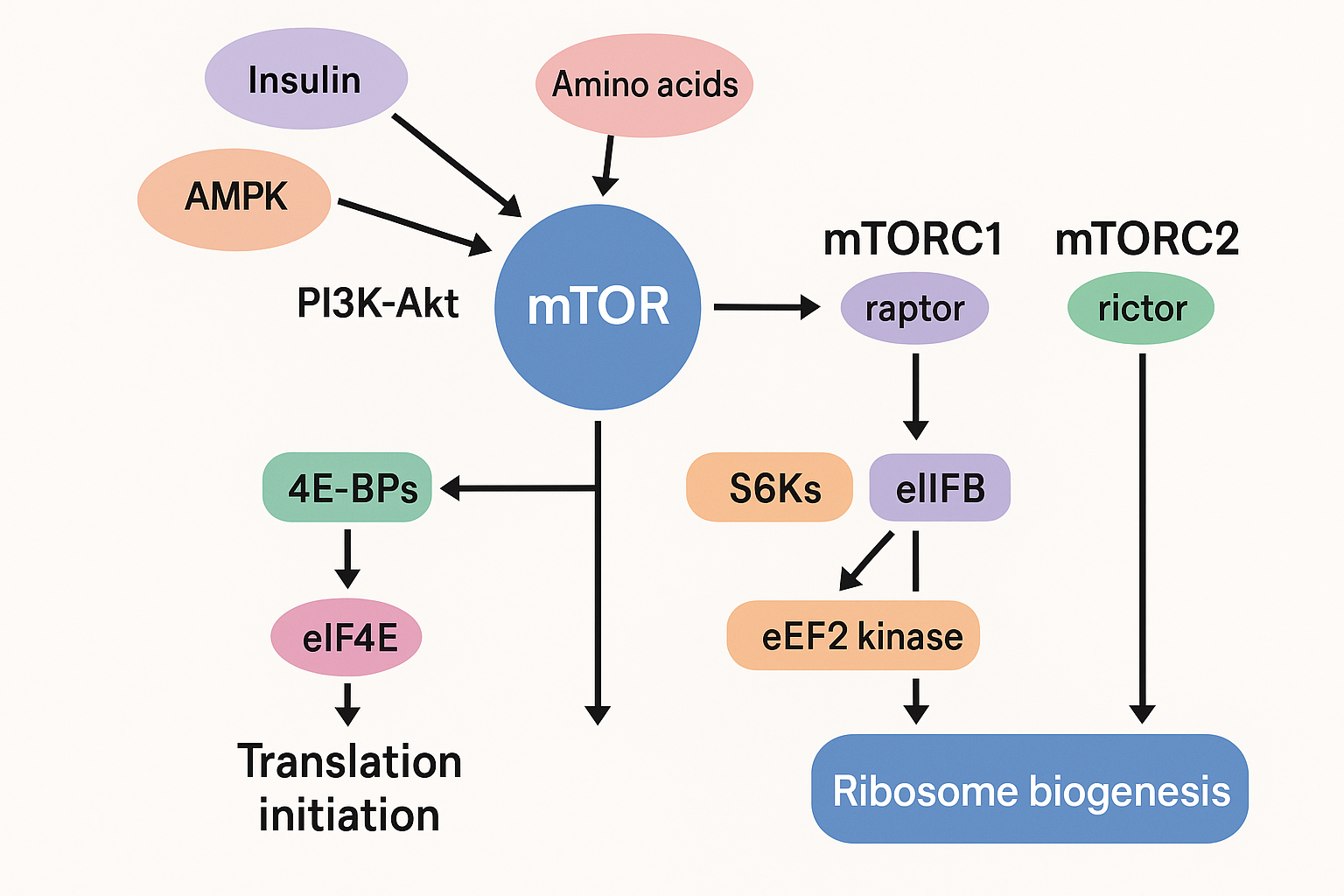 Jul 03, 2025
Jul 03, 2025Mastering Growth: How the mTOR Pathway Controls Protein Synthesis and Shapes Human Health
READ MORE -
 Jul 02, 2025
Jul 02, 2025OLED Materials: Driving the Future of Flexible, Efficient, and Sustainable Displays
READ MORE -
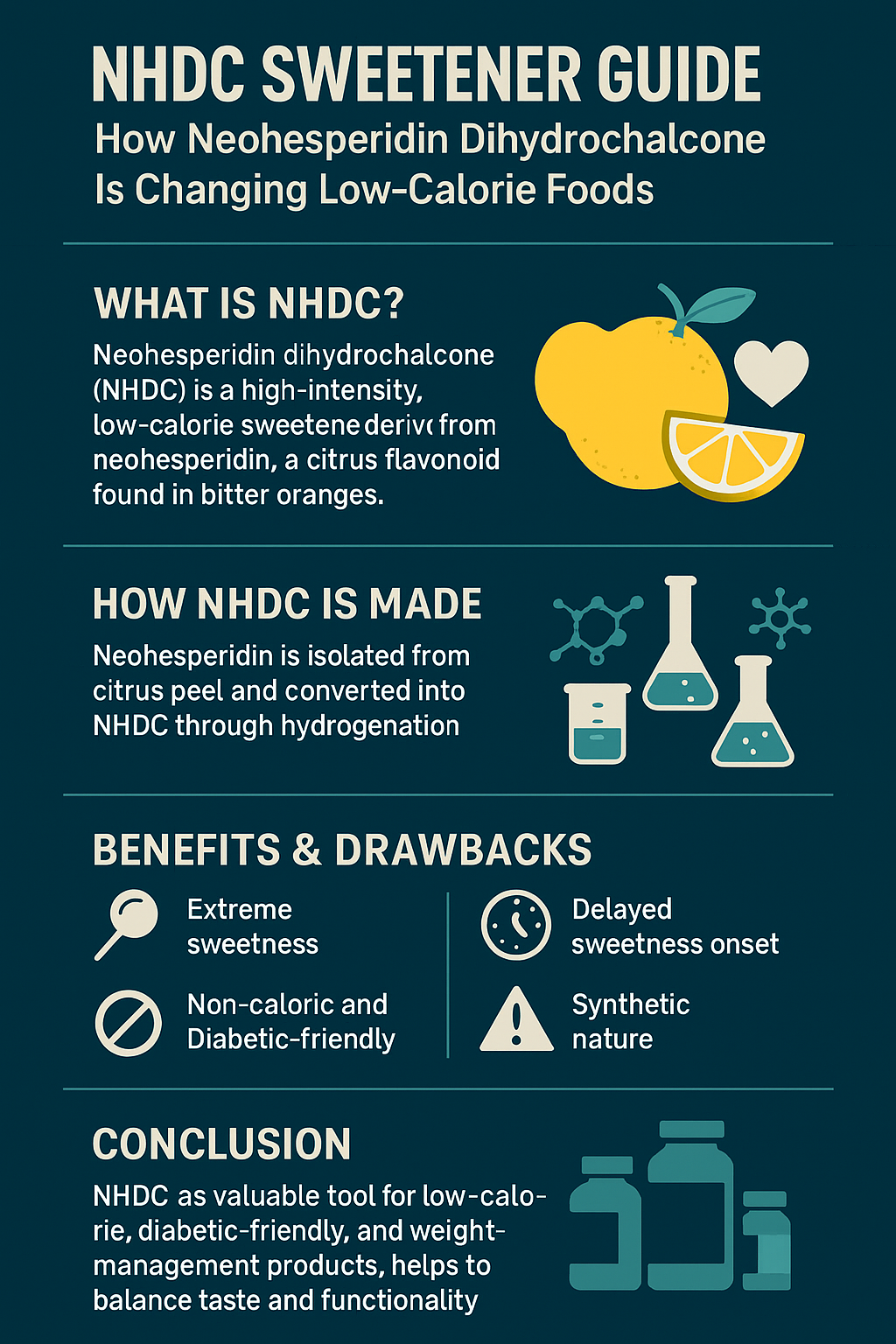 Jul 02, 2025
Jul 02, 2025NHDC Sweetener Guide: How Neosperidin Dihydrochalcone Is Changing Low-Calorie Foods
READ MORE -
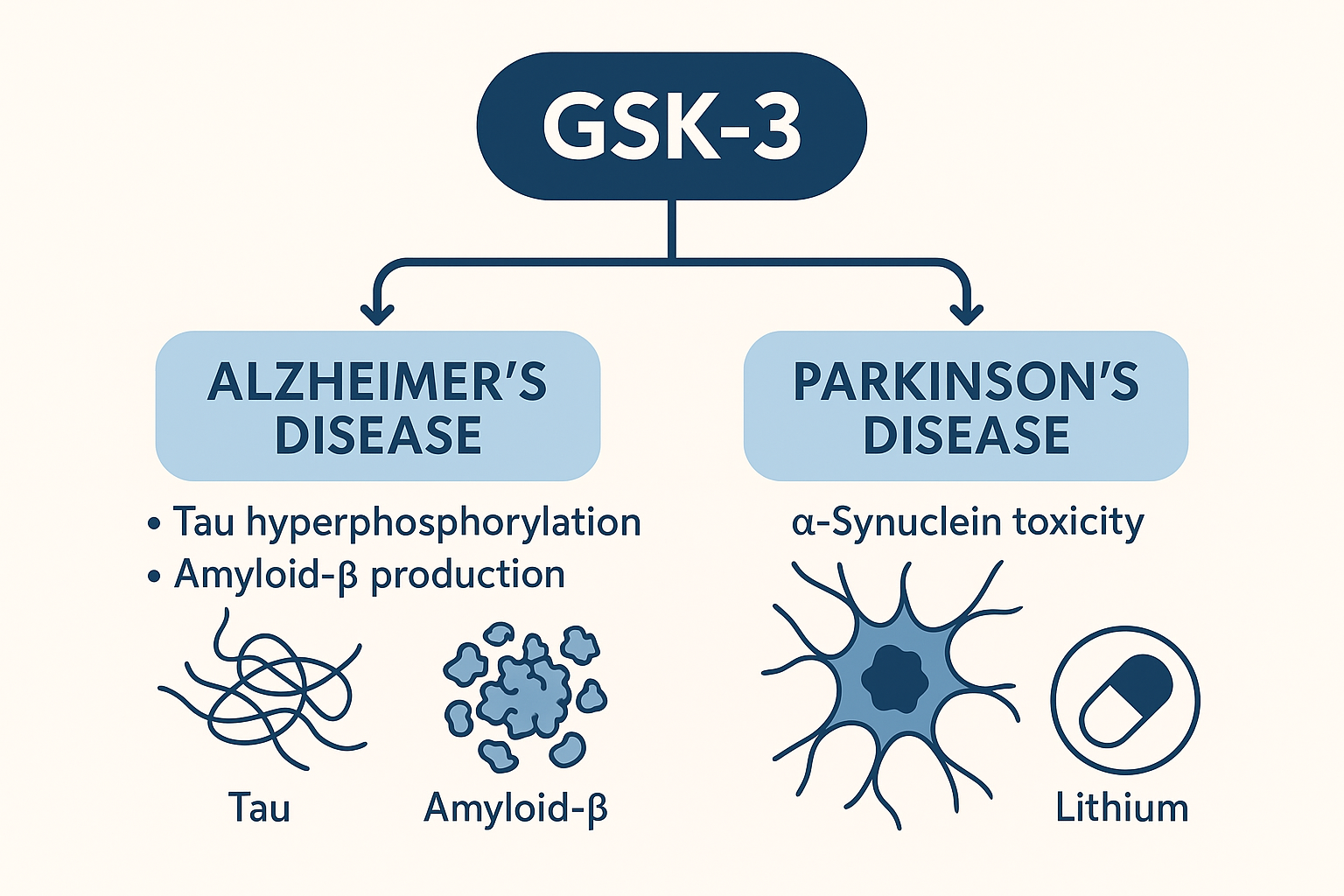 Jun 25, 2025
Jun 25, 2025GSK-3 and Neurodegeneration: A Molecular Target Redefining Alzheimer’s and Parkinson’s Therapies
READ MORE -
 Jun 25, 2025
Jun 25, 2025AKT and Cancer: Unlocking the Master Switch Behind Tumor Growth and Therapy Resistance
READ MORE -
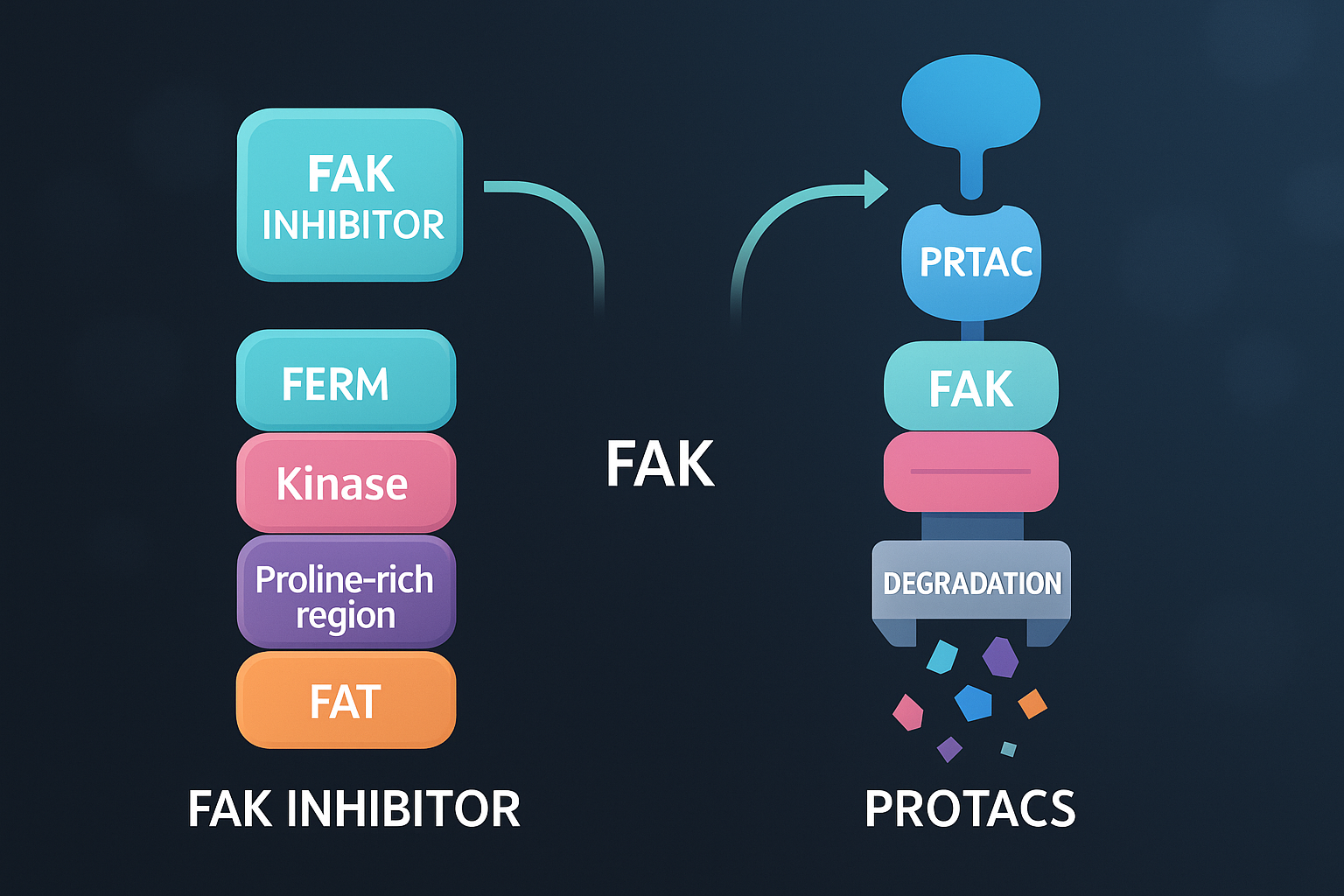 Jun 25, 2025
Jun 25, 2025Targeting Focal Adhesion Kinase in Cancer: Advances in Inhibitors and PROTAC-Based Degraders
READ MORE -
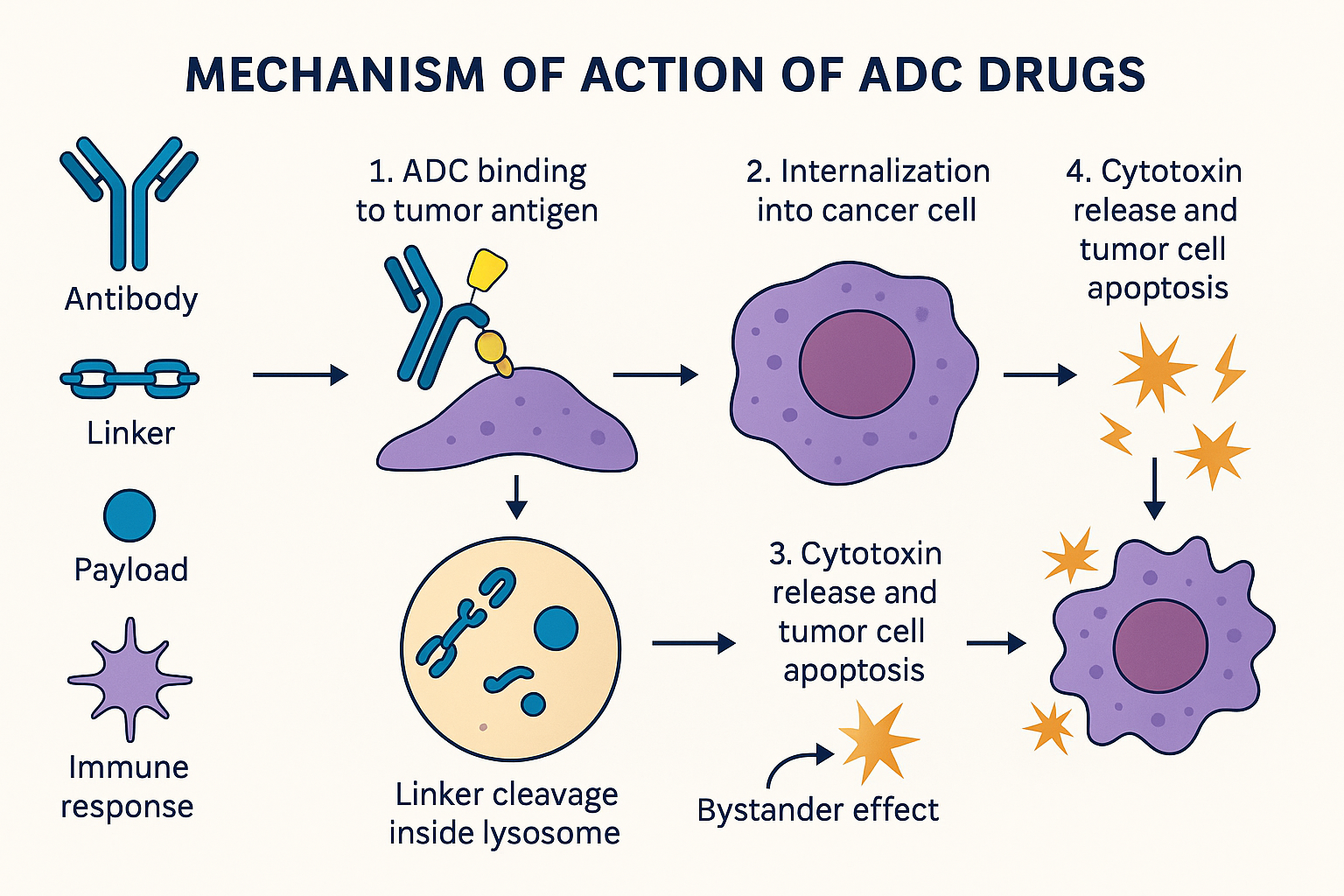 Jun 23, 2025
Jun 23, 2025Analysis of the mechanism of action of ADC drugs
READ MORE -
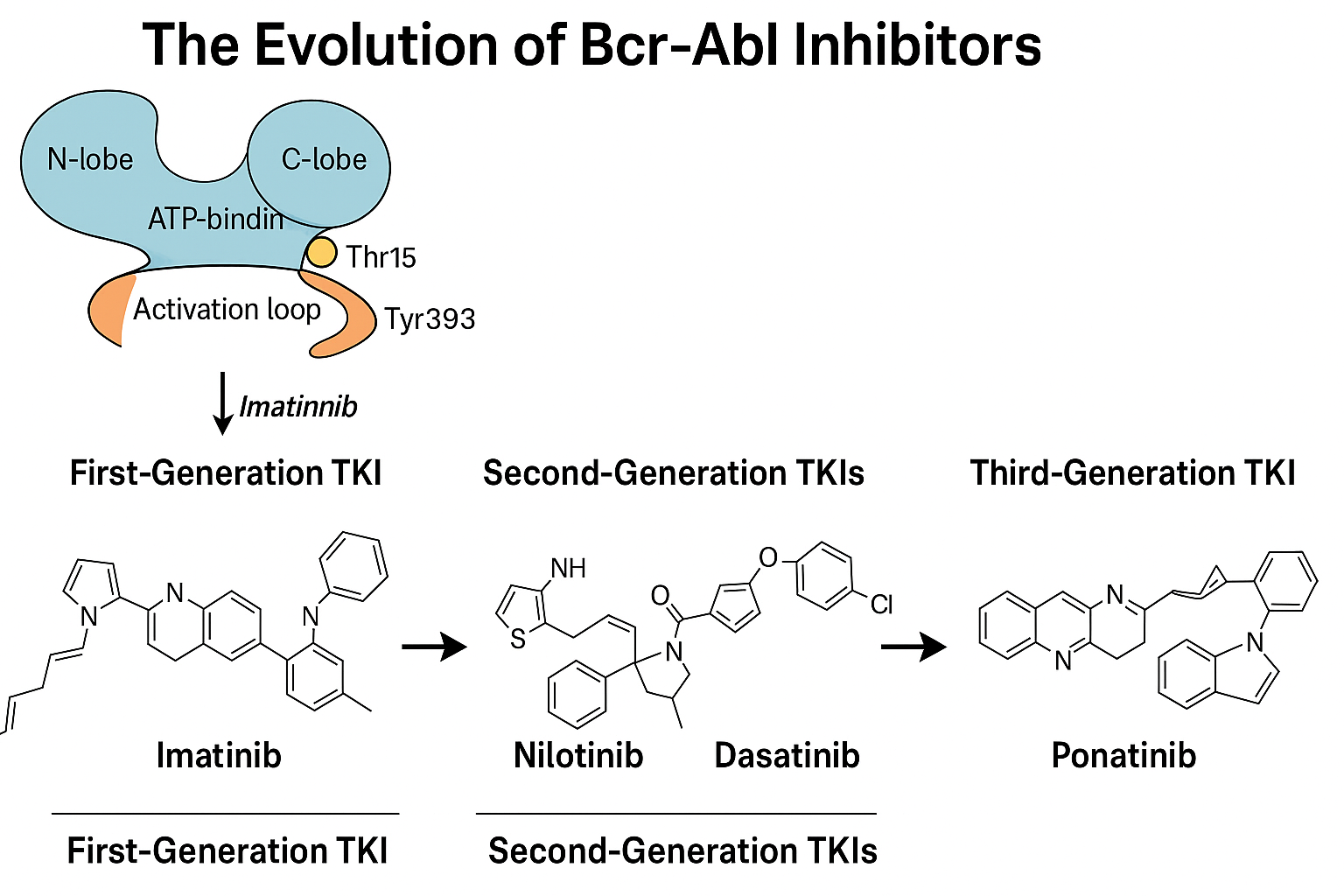 Jun 23, 2025
Jun 23, 2025The Evolution of Bcr-Abl Inhibitors: From Imatinib to Next-Gen Therapies for CML and Beyond
READ MORE
